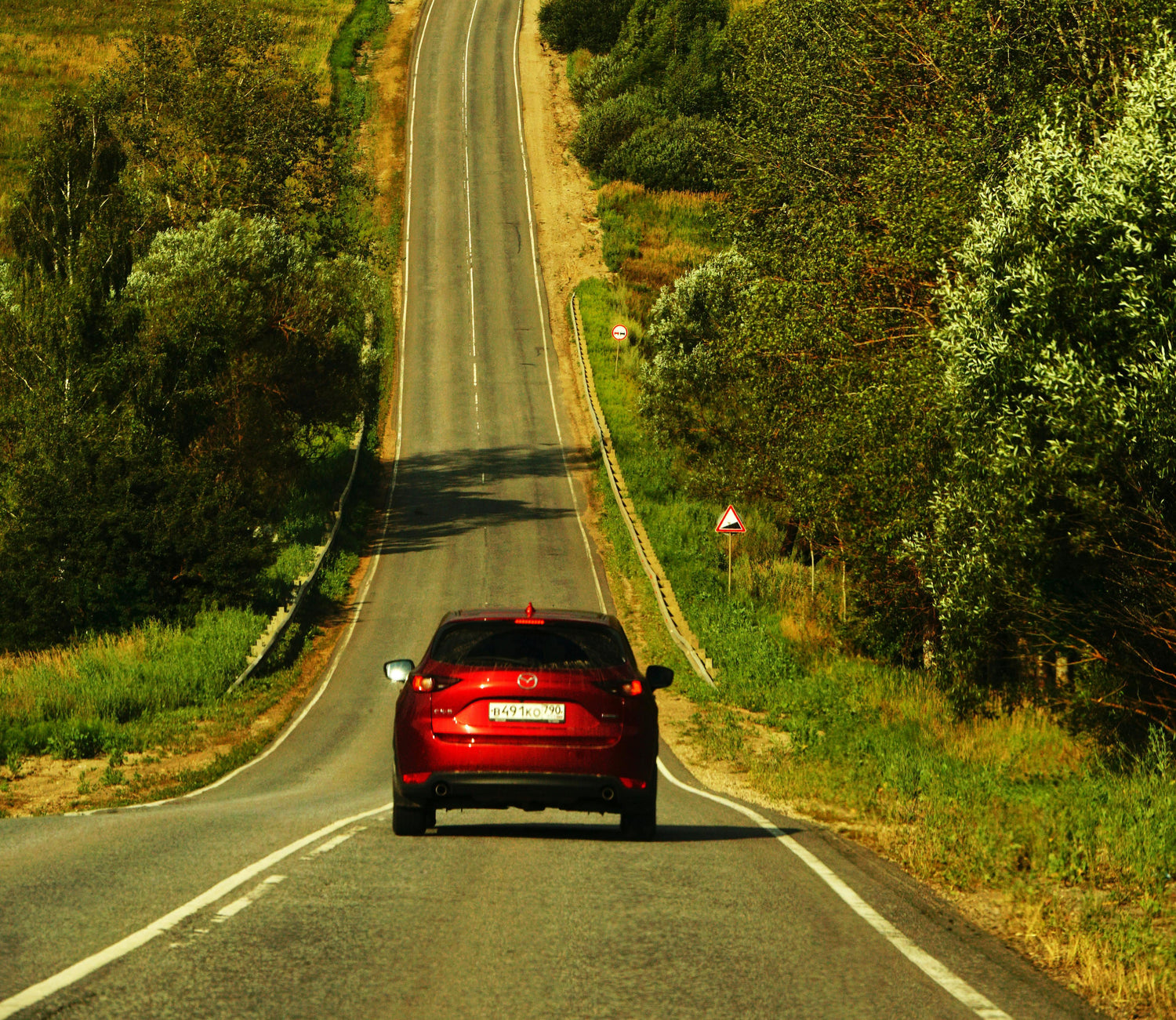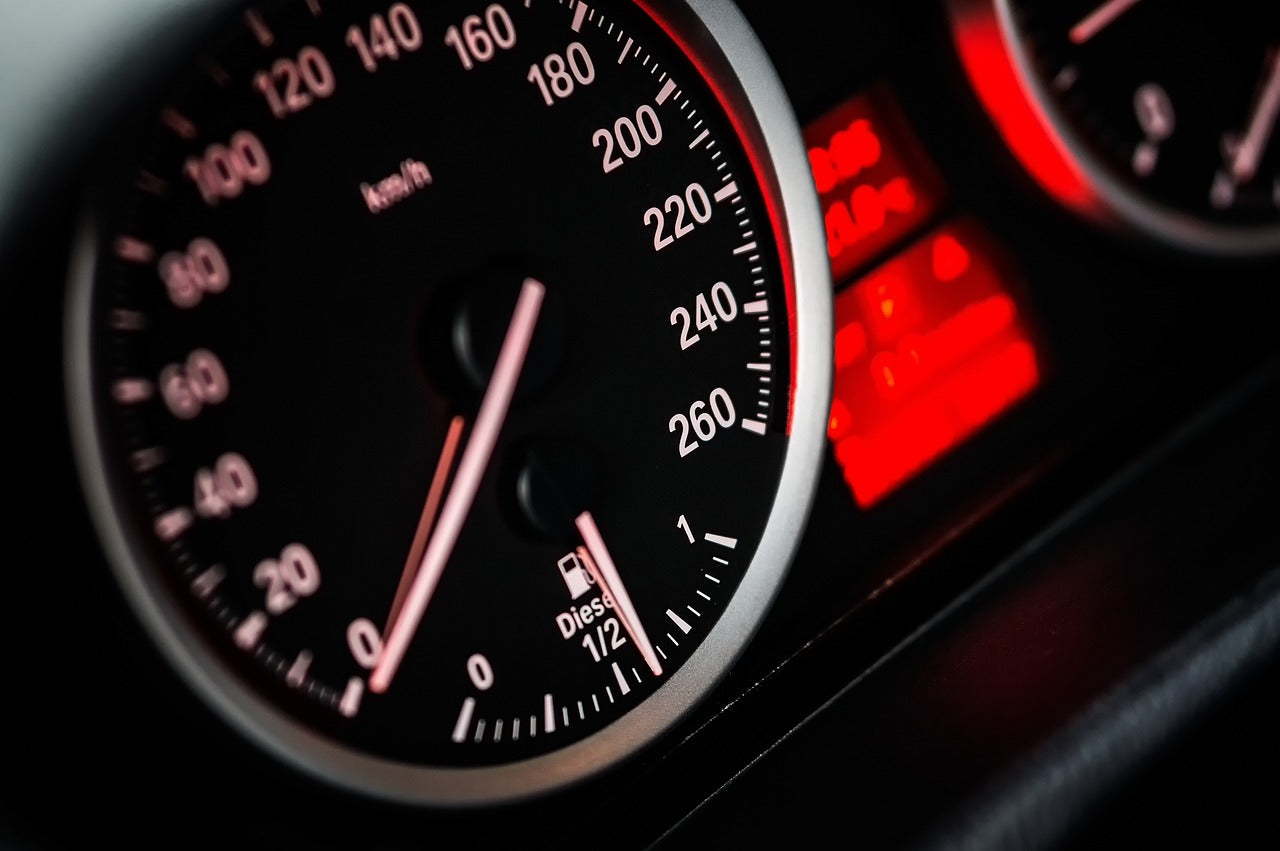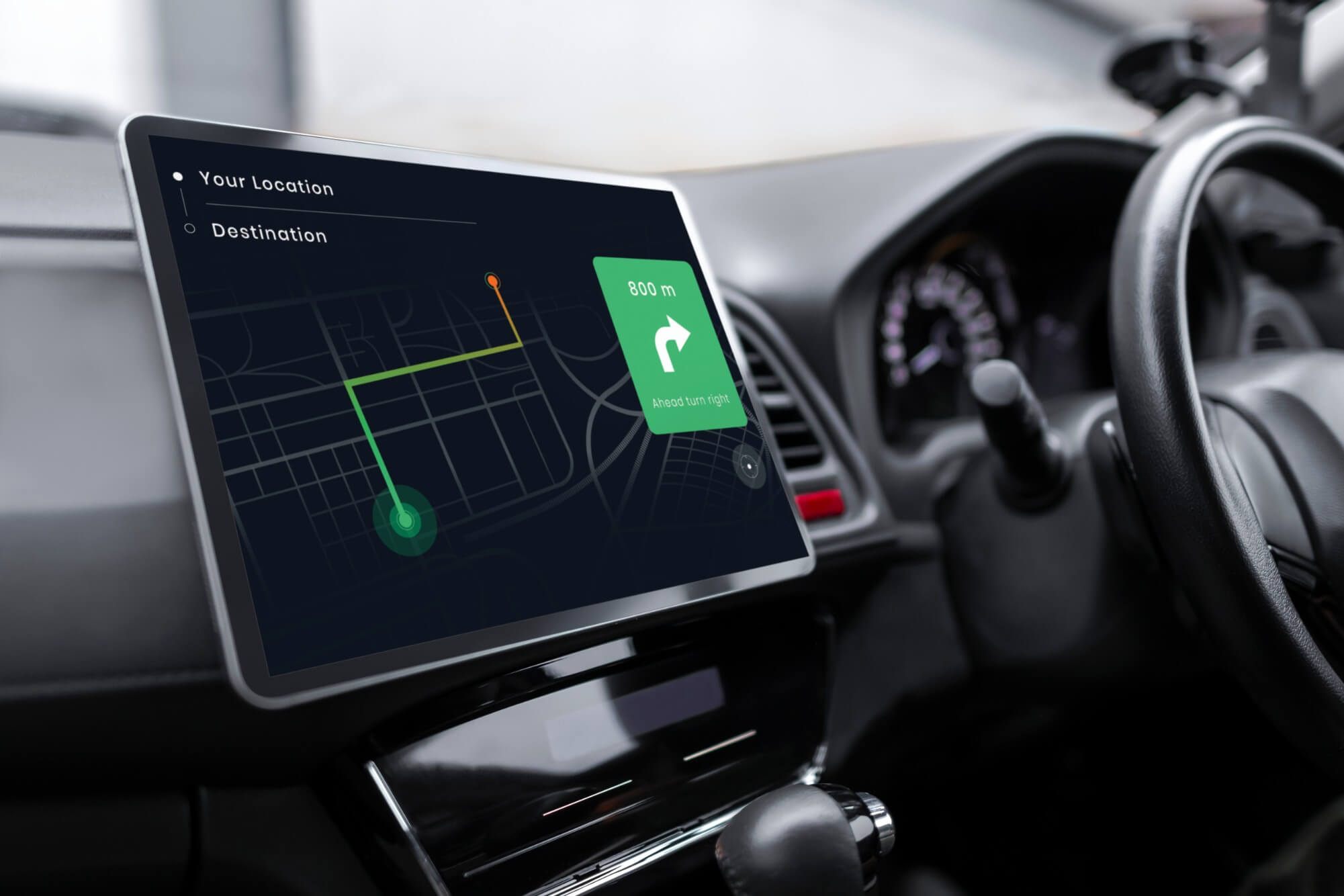In today’s fast-paced world, a dash cam (dashboard camera) has become an essential gadget for drivers. Whether you’re documenting scenic road trips, protecting yourself in accidents, or deterring fraud, the right dash cam can be a game-changer. But with countless options on the market, how do you pick the best one? Let’s break down the key factors and compare popular types to simplify your decision.
Types of Dash Cams: What’s Available?
Basic Single-Lens Dash Cams
Features: Front-facing recording, 1080p resolution, loop recording.
Pros: Affordable, easy to install, low-profile design.
Cons: No rear coverage; limited advanced features.
Best for: Casual drivers on a budget.
Dual-Lens (Front + Rear) Dash Cams
Features: Simultaneous front and rear recording, wider coverage.
Pros: Captures accidents from both angles; useful for ride-share drivers.
Cons: Higher cost; slightly more complex installation.

4K Ultra HD Dash Cams
Features: Ultra-high resolution (3840×2160), enhanced detail for license plates.
Pros: Crisp footage; better evidence in disputes.
Cons: Large file sizes require frequent storage management.
360-Degree Dash Cams
Features: Multi-lens setup for panoramic coverage.
Pros: Monitors blind spots; ideal for large vehicles.
Cons: Expensive; may require professional installation.
Smart Dash Cams with Advanced Features
Features: GPS tracking, Wi-Fi connectivity, ADAS (lane departure warnings), parking mode.
Pros: Real-time alerts; cloud storage; remote access.
Cons: Premium pricing; steeper learning curve.
Key Features to Compare
Video Quality
Minimum: 1080p (Full HD) for clear daytime footage.
Upgrade: 4K for sharp details, especially at night or in low light.
Night Vision
Look for HDR (High Dynamic Range) or Sony Starvis sensors to reduce glare and enhance low-light clarity.

Storage & Loop Recording
Loop recording overwrites old footage automatically.
Ensure compatibility with high-endurance microSD cards (64GB–256GB).
Parking Mode
Monitors your car when parked using motion detection or impact sensors.
Requires a hardwiring kit (sold separately for most models).
GPS & Speed Tracking
Useful for proving speed and location in insurance claims.
Wi-Fi/App Connectivity
Allows instant video downloads and settings adjustments via smartphone.
How to Choose Your Ideal Dash Cam
Follow these steps to narrow down your options:
Define Your Needs

Budget: Basic models start at 50;premiumonesexceed50;premiumonesexceed200.
Use Case: Daily commuter? Ride-share driver? Frequent traveler?
Prioritize Essential Features
Urban drivers: Focus on parking mode and night vision.
Highway drivers: 4K resolution and wide-angle lenses (140°+).
Check Compatibility
Ensure your car’s power supply (cigarette lighter/USB) matches the dash cam.
For parking mode, confirm if a hardwiring kit is needed.

Read Reviews & Reliability
Check customer feedback on heat resistance (critical for summer).
Consider Installation
DIY-friendly models vs. professional installation (for 360° or dual-lens cams).
Final Tips
Avoid Cheap Knockoffs: Poor build quality can fail in extreme temperatures.
Test Before Mounting: Verify video clarity and angle adjustments.
Regular Maintenance: Format the SD card monthly to prevent corruption.
A dash cam is more than a gadget—it’s your silent witness on the road. By balancing features, budget, and usability, you’ll find a model that offers peace of mind and lasting value. Safe driving!





Leave a comment
All comments are moderated before being published.
This site is protected by hCaptcha and the hCaptcha Privacy Policy and Terms of Service apply.